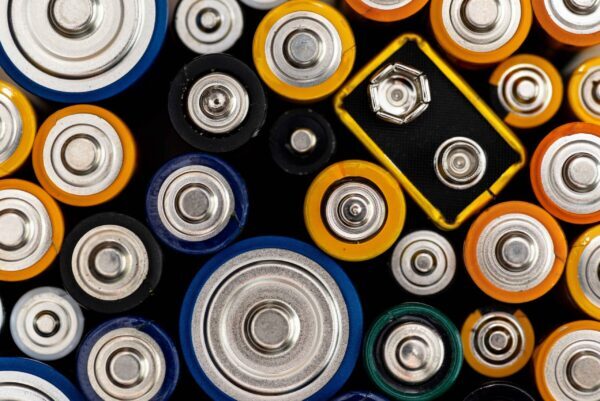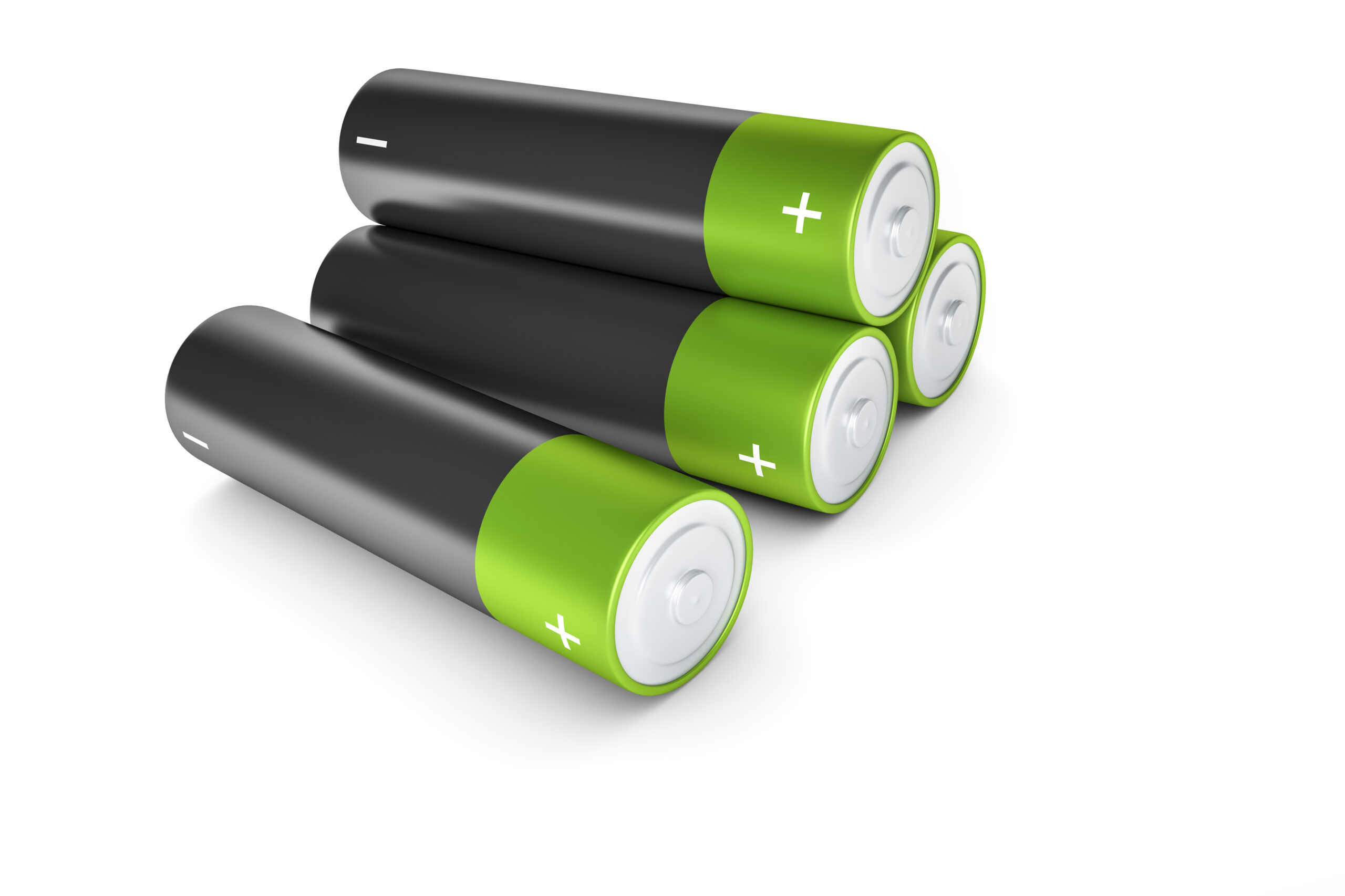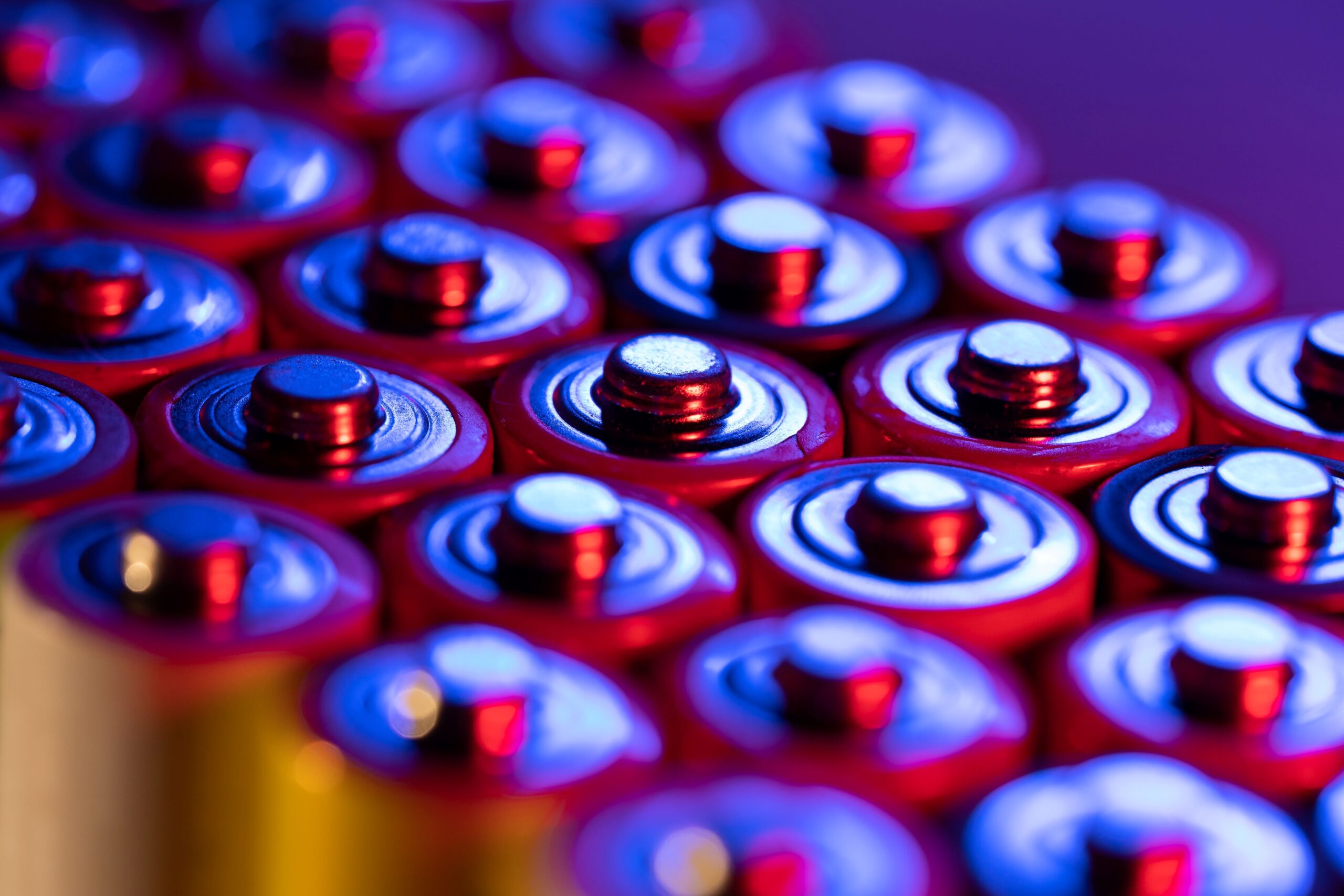
Batteries are tired. The energy sector is pushing for faster growth, transport is rushing to eliminate exhaust emissions, and portable devices increasingly require high capacity, lightness, and speed. Lithium-ion batteries, which power the modern world, are beginning to fail. They are expensive, difficult to recycle, and rely on resources that could run out at any moment. This creates an unstable model and a reason to find a way out.
Industry is looking for new materials. The answer turns out to be not new, but well forgotten. For years, aluminum was the backdrop for innovation. It has been used in structures, casings, and conductors. It was useful, but secondary. Today, it is coming to the fore.
The advantages of aluminum are obvious:
- It is readily available and has a table price.
- It is lightweight and corrosion-resistant.
- It conducts electricity well, second only to copper.
- It can be recycled almost indefinitely.
- Its production has long been established and scalable.
Previously, its use in batteries was limited to support functions. As an active element, it faced obstacles. Liquid electrolytes destroyed aluminum, forming branched structures that could disrupt the integrity of the battery. Engineers shelved their ideas and returned to lithium-ion standards.
The situation is changing. Modern technologies have created space for a second chance. Ionic liquids, protective coatings, and graphene compounds have all reduced aluminum’s vulnerability. It is beginning to play a leading role. This metal is used in aluminum-ion batteries in the anode, where its hidden qualities come to the fore. It can give up three electrons instead of one, theoretically increasing energy density.
Tests show that aluminum allows batteries to charge faster, extends their service life, and reduces heat loss. This is not just a laboratory experiment. Major manufacturers are already launching pilot projects, and research institutes are publishing results with impressive figures.
Aluminium in Electric Vehicles
The automotive industry has long understood that weight is energy. Every extra kilogram reduces the range, increases charging time, and reduces the vehicle’s responsiveness. That is why the battery, as the heaviest component of an electric vehicle, has always been a headache for engineers.
Aluminum offers a solution. Its low density allows the weight of the battery to be reduced without compromising capacity. This already provides a tangible benefit: the car accelerates faster, consumes less energy on the road, and requires less power to charge. When aluminum begins to play a significant role in battery design, the consequences extend far beyond the engineering department.

In one of the pilot projects conducted by a major manufacturer, replacing lithium-ion cells with aluminum-ion cells achieved the following results:
- A 20% reduction in battery weight.
- A 15% increase in range.
- A nearly 50% reduction in charging time.
The figures themselves are impressive. But behind them lies a more important consequence: increased appeal of electric vehicles to the mass consumer. The fear of being stranded on the road with a flat battery is one of the main barriers to switching to electric cars. Interest grows if a battery can cover longer distances and requires less recharge time.
In addition, aluminum helps solve the problem of heat. It quickly dissipates heat, reducing the risk of overheating and extending the life of the cells. This increases reliability and lowers maintenance costs.
It all boils down to a simple formula: lighter means farther. Aluminum, once considered too temperamental, is helping electric vehicles become faster, safer, and closer to consumers.
Smartphones, Laptops, and Charging During Coffee Breaks
While electric cars fight for kilometers, smartphones and laptops fight for minutes. Their users have long been accustomed to devices that work all day, charge quickly, and don’t heat up in their hands. And when all this comes in a slim package, the solution is clear.
Aluminum-ion batteries are steadily approaching these requirements. Their high energy density allows for increased battery life without increasing size. For example, replacing lithium-ion batteries with aluminum batteries in smartphone prototypes has resulted in up to 20% additional capacity without changing the weight. This means a full working day without looking for a power outlet for laptops.
There is another crucial point—charging speed. Some prototypes each have a full charge in thirty minutes. By modern standards, this is akin to changing habits. Charging is no longer a routine. A coffee break is enough to get your device ready to work again.
An additional advantage is safety. Aluminum has excellent thermal conductivity. It helps to effectively dissipate heat generated during active use or fast charging. This reduces the risk of overheating, especially in hot climates or during intensive use.
For users, this means:
- Longer without a power outlet.
- Faster back to work.
- Less chance of failure or breakdown.
Manufacturers have already begun testing the capabilities of the new battery. One market leader has reported a 20 percent increase in battery life, as well as stable performance at elevated temperatures. This is particularly important for wearable devices that operate close to the body and are subject to constant stress.
The Future Has Already Begun
Aluminum is returning to the technological agenda not as an auxiliary material, but as a full-fledged alternative to the familiar lithium-ion standard. It offers a combination of qualities that are particularly valuable today: affordability, lightness, high conductivity, temperature stability, and ease of recycling.
Where lithium dominated until recently, real competitors are now emerging. Electric vehicles are winning in terms of range, charging speeds are reaching new levels, and portable electronics are getting a second wind. Engineers are redesigning models, manufacturers are making new calculations, and laboratories are publishing encouraging data. Everything points to the fact that the transition is possible.